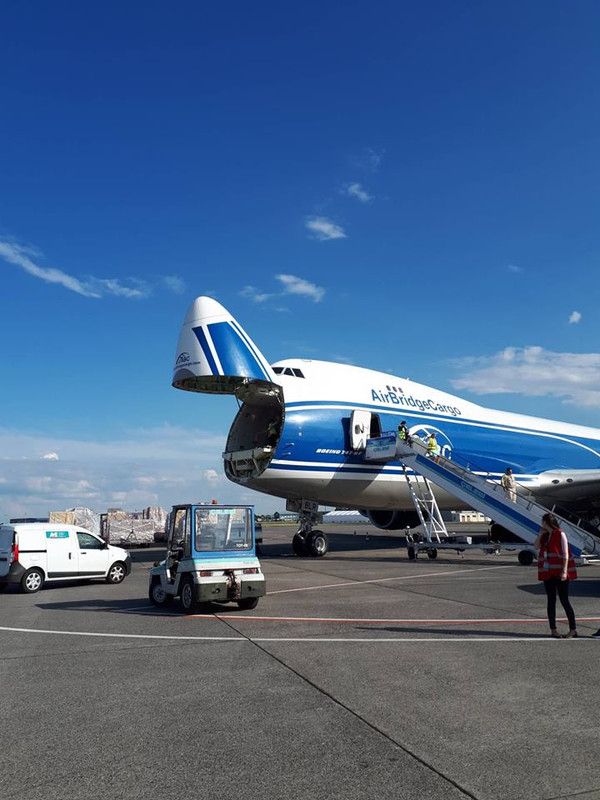In an increasingly interconnected world, understanding the intricate cultural and demographic shifts within nations becomes paramount. The United States, a vibrant mosaic of peoples, offers a compelling case study in this regard, particularly when examining the Arab American community. Far from a monolithic entity, this group represents a diverse collection of individuals whose roots stretch across a vast and historically rich region, contributing profoundly to the American narrative in myriad ways.
From pioneering entrepreneurs to influential political figures, and from dedicated community organizers to celebrated artists, Arab Americans have woven themselves into the fabric of American society, often navigating complex questions of identity, belonging, and representation. Their story is one of resilience, adaptation, and continuous cultural exchange, reflecting both the challenges and triumphs inherent in the immigrant experience.
This article embarks on an analytical journey to explore the multifaceted landscape of Arab Americans, shedding light on their demographic realities, cultural expressions, and evolving societal impact. Through a detailed examination of their population trends, geographic concentrations, religious diversity, and the ongoing dialogue surrounding their official recognition, we aim to provide an insightful look into a community that is both deeply rooted in its heritage and dynamically forward-looking in its American context.
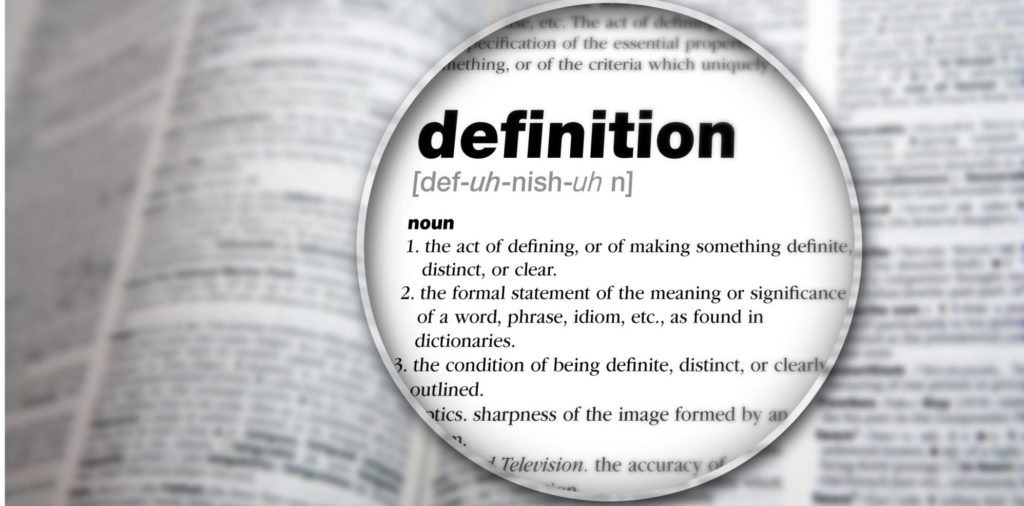
1. Defining Arab Americans: Navigating Identity and Census Classification
The term “Arab Americans” refers to Americans who trace their ancestry to any of the various waves of immigrants from Arabic-speaking countries. This definition, while seemingly straightforward, carries layers of complexity, especially when it comes to official classification within the United States.
Historically, in the United States census, Arabs have been racially classified as White Americans. This classification is broadly defined as “A person having origins in any of the original peoples of Europe, the Middle East, or North Africa.” This categorization has, for decades, grouped Arab Americans with a diverse range of European ethnicities, often overlooking the distinct cultural, linguistic, and historical specificities of their heritage.
However, this classification has not been without its challenges or calls for re-evaluation. Many within the Arab American community, along with expert groups, feel that the earlier white designation no longer accurately represents MENA identity. This sentiment has fueled persistent lobbying efforts for a distinct categorization, reflecting a growing awareness and desire for more precise representation in federal data collection. The conversation around identity and its statistical representation is a critical component of understanding the Arab American experience.

2. A Growing Population: Unpacking Census Figures and Community Estimates
Quantifying the Arab American population presents an interesting case study in demographic measurement, with figures varying depending on the source and methodology. According to the 2010 United States census, there were 1,698,570 Arab Americans in the United States. This figure reflects individuals who explicitly identified as “simply Arab” (290,893 persons) or “Other Arab” (224,241), in addition to those listed by specific nation of origin.
However, community organizations often present higher estimates, suggesting an undercount in official census data. For instance, The Arab American Institute (AAI) states that there are nearly 3.5 million Arab Americans in the United States. This discrepancy can arise from various factors, including the nature of Ottoman immigration to the US during the 19th and early 20th centuries, which may have led to underreporting, and different methodologies in identifying individuals of Arab descent, regardless of how many ancestries they claimed in the census.
The most recent data from the 2020 US census indicates a significant growth, with 3.5 million reported to have Middle Eastern and North African descent. This trend underscores a burgeoning community, whose demographic footprint is becoming increasingly visible, despite the historical complexities of official categorization. The growth signals a vibrant, expanding population with evolving needs and contributions to American society.

3. The Rich Tapestry of Ancestries: Major Subgroups and Their Contributions
The Arab American community is not a monolith but a rich tapestry woven from diverse national origins, each bringing its unique cultural nuances and historical narratives. The 2010 United States census data offers a glimpse into this diversity, identifying several prominent subgroups that form the backbone of the Arab American population.
By far, the largest subgroup is Lebanese Americans, numbering 501,907 in the 2010 census. Their strong presence is a testament to early waves of immigration and established community networks. Following them are Egyptian Americans with 190,078 individuals, and Syrian Americans with 187,331. These groups, predominantly from the Levant and North Africa, have historically been significant contributors to the Arab American demographic landscape.
Other notable subgroups include Iraqi Americans (105,981), Moroccan Americans (101,211), Palestinian Americans (85,186), and Jordanian Americans (61,664). The fact that approximately one-fourth of all Arab Americans claimed two ancestries further highlights the intermingling of heritages within the community. The varied origins enrich the collective experience, bringing a multitude of traditions, languages, and perspectives to the American cultural sphere.
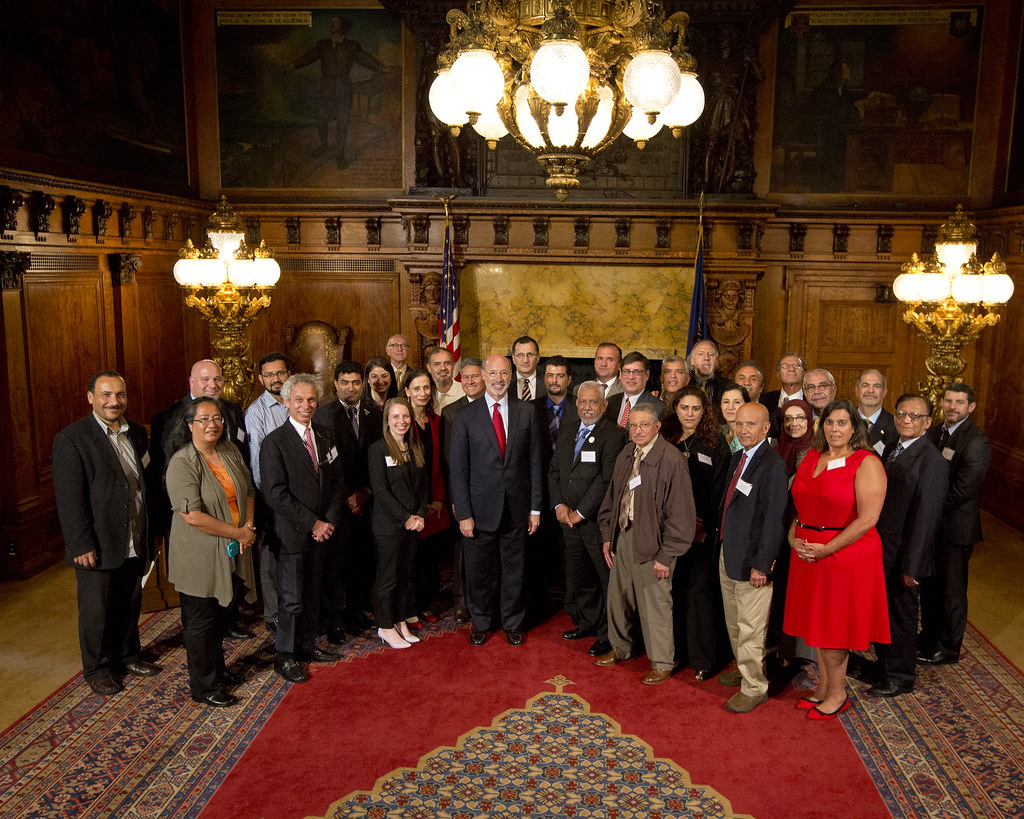
4. Geographic Concentrations: Mapping Major Arab American Hubs Across the US
Arab Americans are not evenly distributed across the United States; rather, they have forged vibrant communities in specific metropolitan areas, creating significant cultural and economic hubs. These concentrations reflect historical immigration patterns, family reunification, and the establishment of community support networks, making certain cities and regions distinctly Arab American in character.
The Detroit metropolitan area stands out as home to the largest concentration of Arab Americans, with 403,445 individuals. Within this region, Dearborn, Michigan, a southwestern suburb of Detroit, boasts the highest percentage of Arab Americans in any city with 100,000 or more in population, at nearly 40%. This city is a beacon of Arab American life, rich with cultural institutions and businesses.
Beyond Michigan, other major urban centers host substantial Arab American populations. The New York City Combined Statistical Area is home to 371,233 Arab Americans, followed by Los Angeles with 308,295, and the San Francisco Bay Area with an estimated 250,000. Chicago (176,208) and the Washington, D.C., area (168,208) also feature prominently, demonstrating a national spread but with distinct pockets of concentrated community life.
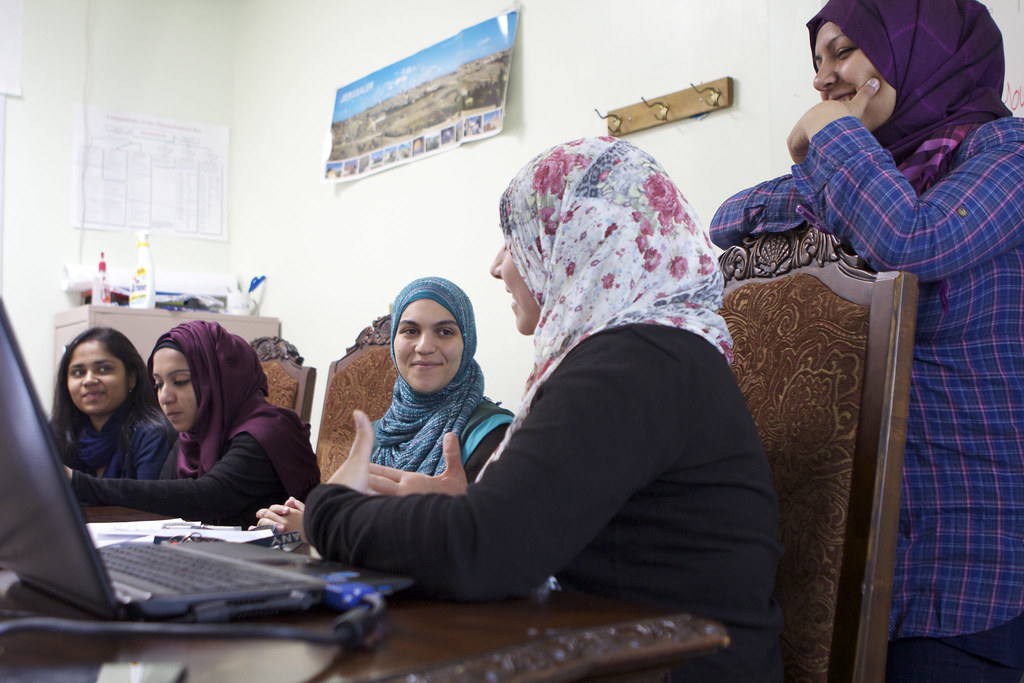
5. A National Footprint: Key States Shaping the Arab American Experience
While metropolitan areas serve as primary anchors, the broader state-level distribution of Arab Americans provides a macro perspective on their widespread presence across the nation. This geographic spread underscores their integration into various regional economies and social structures, influencing local cultures and political landscapes.
According to the 2000 US census, nearly half (48%) of the Arab American population, totaling 576,000 individuals, resided in just five states: California, Michigan, New York, Florida, and New Jersey. These states, while collectively holding 31% of the net US population, house a disproportionately high number of Arab Americans, highlighting their significance in these regions.
Furthermore, five other states—Illinois, Texas, Ohio, Massachusetts, and Pennsylvania—each reported Arab American populations exceeding 40,000. This data, corroborated by county-level analysis, reveals consistent patterns of settlement in key economic and cultural corridors. The wide distribution across various states demonstrates the deep and enduring presence of Arab Americans throughout the United States, far beyond a few isolated enclaves.
Read more about: Susan: Unveiling the Enduring Legacy, Meanings, and Cultural Journey of a Timeless Name
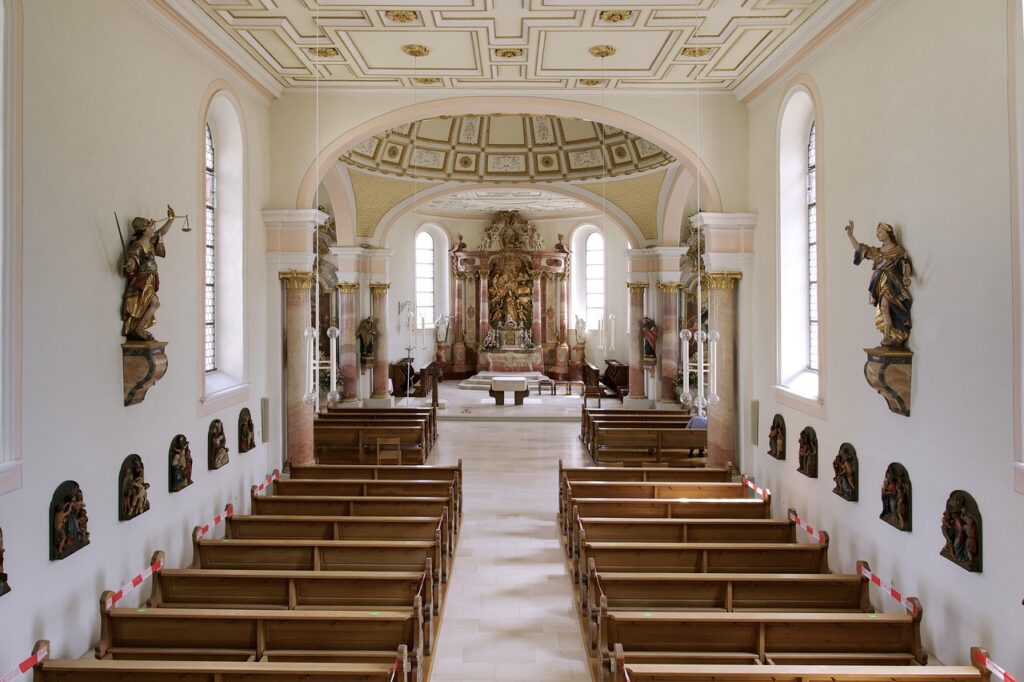
6. Religious Diversity: Understanding the Christian and Muslim Landscape
The religious landscape of Arab Americans is remarkably diverse, challenging any simplistic assumptions about their faith. Historically, and for a significant period, the majority of Arab Americans have been Christian, reflecting the early waves of immigration from the late 19th and early 20th centuries.
According to a 2002 Zogby International Survey, which provided data based on the Arab American Institute, 63% of persons originating from Arab countries identified as Christian. This Christian majority was further broken down into 35% Roman/Eastern Catholic (including Roman Catholic, Maronite, and Melkite) and 18% Orthodox (including Antiochian, Syrian, Greek, and Coptic), alongside 10% Protestant. This rich Christian heritage includes denominations that have been present in the Middle East for centuries.
However, recent immigration trends have seen a notable shift. In recent years, the percentage of Arab Americans who are Muslim has increased, largely because most new Arab immigrants tend to be Muslim. This contrasts with earlier periods when Christian immigrants were more prevalent. As of the 2002 survey, 24% of Arab Americans identified as Muslim, encompassing Sunni, Shia, and Druze affiliations, with another 13% identifying as other or no affiliation. This evolving religious composition reflects ongoing global dynamics and the continuous flow of new communities into the United States, enriching its already vibrant tapestry of faiths.
Navigating the complexities of identity and representation, the Arab American community stands at a pivotal juncture in its American journey. Beyond demographics and religious affiliations, this community is actively shaping its future through advocacy, political engagement, and a vibrant cultural expression that enriches the entire nation. The discussions around how Arab Americans are officially recognized, how they overcome societal challenges, and how their voices are heard are crucial for a truly inclusive America. We now delve deeper into these nuanced aspects, exploring the efforts to define their identity, their evolving political landscape, and the cultural initiatives that celebrate their rich heritage.
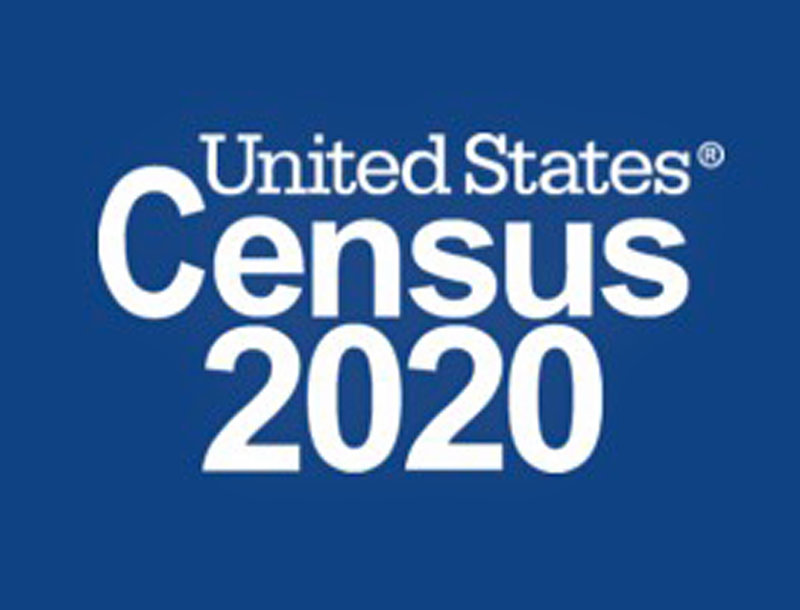
7. The Enduring Quest for a MENA Census Category
For decades, Arab Americans have navigated a complex terrain of identity within the official frameworks of the United States. Historically classified as White Americans in the census, this categorization, defined as “A person having origins in any of the original peoples of Europe, the Middle East, or North Africa,” has been a source of ongoing debate. Many within the community, alongside expert groups, contend that this designation no longer accurately reflects the distinct cultural, linguistic, and historical specificities of their Middle Eastern or North African (MENA) identity.
This sentiment fueled persistent lobbying efforts for a distinct categorization, aiming for more precise representation in federal data collection. The American-Arab Anti-Discrimination Committee, for instance, petitioned the Department of Commerce’s Minority Business Development Agency in 2012 to designate MENA populations as a minority/disadvantaged community, prompted in part by increased post-9/11 discrimination. This push highlighted a broader desire for recognition that moves beyond a generic classification.
Responding to these consultations with MENA organizations, the Census Bureau announced in 2014 its intention to establish a new MENA ethnic category, separate from the white classification. The 2015 National Content Test (NCT) for the 2020 Census included a sampling strata for this new category, encompassing 19 MENA groups, as well as Sudanese, Djiboutian, Somali, Mauritanian, Armenian, Cypriot, Afghan, Iranian, Azerbaijani, and Georgian groups. This was a significant step toward acknowledging the unique identity of these communities.
However, the 2020 census ultimately did not include a separate MENA race category, instead collecting detailed ethnicity information. Despite this, the advocacy continued. A major breakthrough occurred on March 28, 2024, when the Office of Management and Budget (OMB) published revisions to Statistical Policy Directive No. 15, which included the addition of “Middle Eastern or North African” to the race and/or ethnicity categories. This landmark decision marks a culmination of years of tireless effort, promising a more accurate and representative count of Arab Americans in federal data.
Read more about: Strategic Foundations: Understanding the U.S. Military’s Global Power and Operational Framework
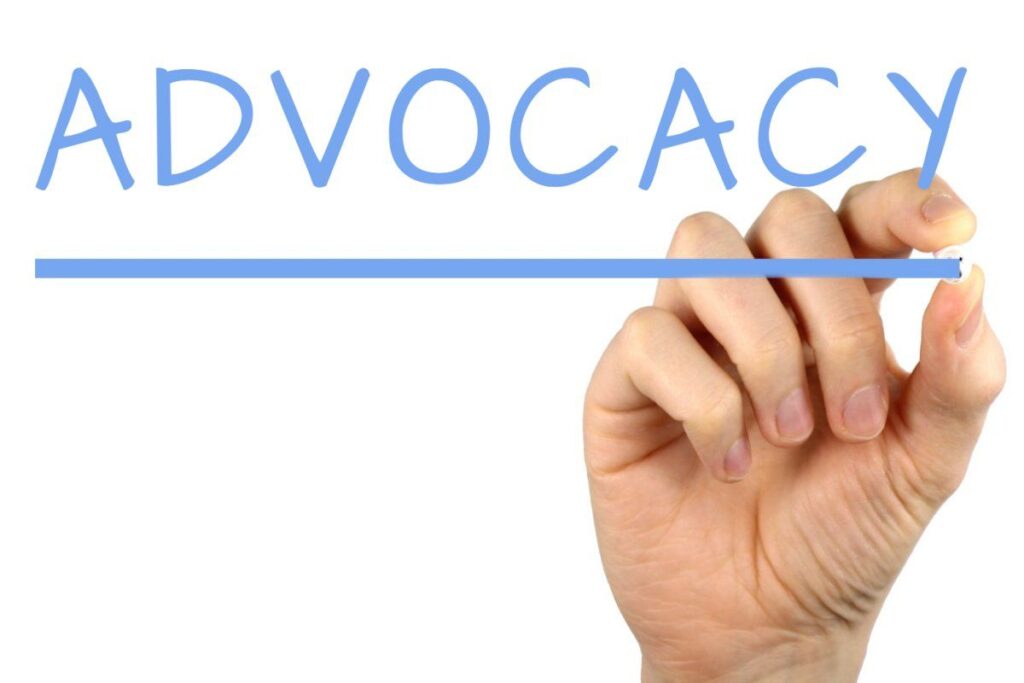
8. Confronting Challenges: Post-9/11 Discrimination and the Rise of Advocacy
The period following the September 11 attacks and the US-led 2003 invasion of Iraq ushered in a particularly challenging era for Arab Americans and those perceived to be from the Middle East. Community organizations, including The Arab American Institute, noted a troubling rise in hate crimes and pervasive discrimination targeting the Arab American community. This climate of suspicion and prejudice underscored the urgent need for robust advocacy and support mechanisms.
Against this backdrop, organizations like the American-Arab Anti-Discrimination Committee (ADC), founded by Senator James Abourezk, became even more critical. Their efforts extended beyond advocating for census reform, focusing intensely on civil rights and combating stereotypes. The discrimination faced by individuals, sometimes leading to arrests and detentions based on suspicion, as tragically experienced by some Arab Jews in New York City after 9/11, highlighted the very real societal challenges.
These trying times galvanized the community, leading to increased awareness and organized action to protect rights and promote understanding. The ongoing advocacy work aims to dismantle misconceptions and ensure that Arab Americans, like all Americans, can live free from prejudice and discrimination. This collective resilience in the face of adversity has strengthened community bonds and fostered a shared commitment to justice and equality.

9. Evolving Political Engagement and Influence
Arab Americans represent a distinct and increasingly influential voice in the American political landscape, with their engagement evolving significantly over the decades. While specific voting patterns can fluctuate, there’s a notable trend towards the Democratic Party. A 2007 Zogby poll indicated that 62% of Arab Americans voted Democratic, compared to 25% for Republicans, a sharp increase in Democratic affiliation observed during the Iraq War.
This shift is also evident in presidential elections. Arab Americans, who gave George W. Bush a majority of their votes in 2000, subsequently backed John Kerry in 2004, Barack Obama in both 2008 and 2012, Hillary Clinton in 2016, and Joe Biden in 2020. However, their support is not monolithic, with prominent Arab American Republicans like former Oregon Governor Victor Atiyeh, former New Hampshire Senator John E. Sununu, and California Congressman Darrell Issa demonstrating the community’s diverse political affiliations.
Beyond party lines, Arab Americans hold strong positions on various social and international issues. A 2000 Zogby poll revealed that 52% were anti-abortion, 74% supported the death penalty, 76% were in favor of stricter gun control, and a significant 86% expressed a desire for an independent Palestinian state. These figures illustrate a complex intersection of traditional values and progressive social leanings, often reflecting their unique cultural and geopolitical perspectives.
Recent events, particularly the 2023 Israel-Gaza War and the widely perceived Gaza genocide, have dramatically impacted Arab American political sentiment. An October 30, 2023, poll by the Arab American Institute documented a significant drop in support for President Biden among Arab Americans, plummeting from 59% in 2020 to just 17%. This precipitous decline underscores the community’s deep concern over foreign policy issues and their willingness to shift political allegiance based on administrations’ actions, demonstrating their growing power as a swing demographic.
Furthermore, a study on first-generation Arab Americans in Detroit found their values, on average, more aligned with strong traditional and survival values prevalent in the Arab world, especially among secular individuals or later generations. This nuanced understanding of their values and political priorities highlights the dynamic interplay between heritage and the American context, continuously shaping their impact on local and national politics.
Read more about: Leo Gerard, 78, Dies: A Detailed Look at the Life and Transformative Impact of a Steelworkers’ President

10. National Arab American Heritage Month: A Celebration of Identity
The rich heritage and myriad contributions of Arab Americans are now recognized and celebrated on a national scale, culminating in the designation of April as National Arab American Heritage Month. This initiative, which began with localized recognition, has grown into a widespread celebration, acknowledging the profound impact Arab Americans have had across all facets of American society.
The journey towards national recognition began modestly, with Montgomery County, Maryland, designating April as Arab American Heritage Month in 2014. The real momentum, however, came from the grassroots efforts spearheaded by Arab America and the Arab America Foundation, which launched the National Arab American Heritage Month initiative in 2017. Through a vast network of over 250 Arab American volunteers across 26 states, hundreds of proclamations were gathered from various levels of government.
Key cultural milestones also marked this period, including the premiere of “The Arab Americans” documentary on PBS in August 2017. This film vividly presented the Arab American immigrant story through an American historical lens, featuring prominent figures such as actor Jamie Farr, Ralph Nader, Senator George Mitchell, and Danny Thomas. These narratives showcased the diverse achievements and struggles of the community, fostering greater understanding and appreciation.
The advocacy efforts reached a significant milestone in April 2021, when the US Department of State officially recognized April as National Arab American Heritage Month. This highest level of federal recognition was notably influenced by independent advocates like Pierre Subeh, who orchestrated a self-funded social awareness campaign across the country. His campaign emphasized the criticality of this recognition in combating post-9/11 anti-Arab sentiments and acknowledging the daily social difficulties faced by Arab Americans.
Further cementing this recognition, President Joe Biden issued an official proclamation on Arab American Heritage Month in 2023. These federal endorsements underscore a national commitment to inclusivity and highlight the invaluable cultural, economic, and social contributions that Arab Americans have made, solidifying their place in the diverse tapestry of the United States.

11. The Culinary Journey: Vibrant Arab American Cuisine
Food, a universal language, plays a crucial role in preserving and expressing Arab American heritage. The vibrant cuisine of the Arab world has found a new home in America, adapting and evolving while retaining its authentic essence. Arab American kitchens and restaurants across the nation offer a delicious window into the cultural richness of the community, fostering connections and sharing traditions.
A variety of traditional Arab dishes are enthusiastically eaten by Arab Americans, often with innovative twists. This culinary adaptation frequently involves substituting traditional ingredients with modern or Western elements, reflecting a dynamic fusion that bridges old and new worlds. This creative approach ensures that beloved recipes remain relevant and accessible, even as they honor their origins.
One iconic example is Mansaf, a popular Arab lamb dish known for its rich flavors and communal presentation. Such dishes are not merely sustenance; they are central to family gatherings, celebrations, and the daily rhythm of life, serving as powerful reminders of home and heritage. Through cuisine, Arab Americans maintain a tangible link to their ancestral lands, inviting others to partake in their rich gastronomic traditions and savor the flavors of their identity.
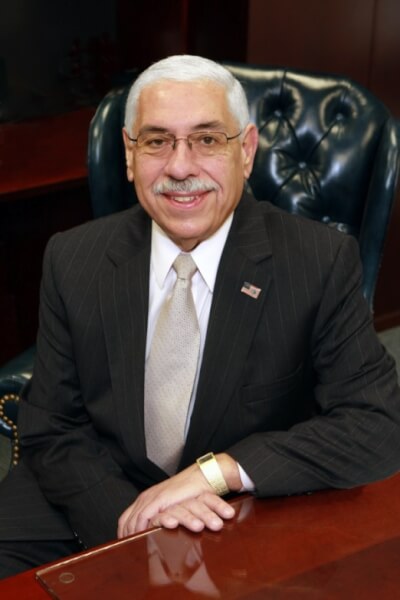
12. Celebrating Community: Arab American Festivals Across the Nation
Beyond daily life and culinary traditions, Arab Americans come together to celebrate their shared heritage through a series of vibrant cultural festivals held across the United States. These events are crucial for fostering community bonds, educating the broader public, and showcasing the diverse traditions of the 22 Arab countries, transforming public spaces into lively hubs of cultural exchange.
New York City, a global melting pot, hosts two prominent festivals. The Annual Arab-American & North African Street Festival, founded in 2002 by the Network of Arab-American Professionals of NY (NAAP-NY), draws an estimated 15,000 people. Located in downtown Manhattan, it features over 30 vendors and an all-day live cultural performance program. The New York Arab American Comedy Festival, founded in 2003 by comedians Dean Obeidallah and Maysoon Zayid, annually showcases the talents of Arab American actors, comics, playwrights, and filmmakers, using humor to challenge stereotypes and inspire creativity.
On the West Coast, Seattle’s ArabFest, which began in 1999, is a comprehensive celebration encompassing all 22 Arab countries. It offers a traditional souk marketplace, music ranging from traditional to modern, an authentic Arab coffeehouse, an Arabic spelling bee, and a fashion show. Lectures and workshops delve into the profound culture and history of Arab peoples, while an Arabic rap concert, featuring groups like Sons of Hagar, highlights the political and creative struggles of Arabic youth, demonstrating the evolving expressions of Arab American identity.
Further south, the Annual Arab American Day Festival in Orange County, California, is a three-day event rich in cultural and entertainment offerings, including book and folk art exhibitions, community leader speeches, music, poetry, dancing, traditional food, and hookah. The desert state of Arizona also joined the celebrations in 2008 with the first annual Arab American Festival in Glendale, attracting over 40,000 attendees with international singers, dancers, musicians, folklore shows, an international food court, and kids’ rides.
The Midwest embraces its Arab American community with Milwaukee’s Arab World Fest, a three-day event held every August since 1996. This family-friendly festival on Milwaukee’s lakefront features live entertainment, belly dancing, camel rides, cooking demonstrations, a children’s area, and a diverse array of Arab cuisine, celebrating the cultures of the 22 Arab countries. These festivals collectively paint a vivid picture of a community proud of its roots and eager to share its richness with the wider American public.
The vibrant mosaic that is the Arab American community continues to evolve, constantly weaving new threads into the rich tapestry of the United States. From persistent advocacy for proper representation to the powerful expression of identity through art, cuisine, and festivals, Arab Americans are not merely participants in the American experiment—they are essential architects of its future. Their story is a testament to resilience, the enduring power of culture, and the continuous pursuit of belonging and recognition in a nation that thrives on diversity.

